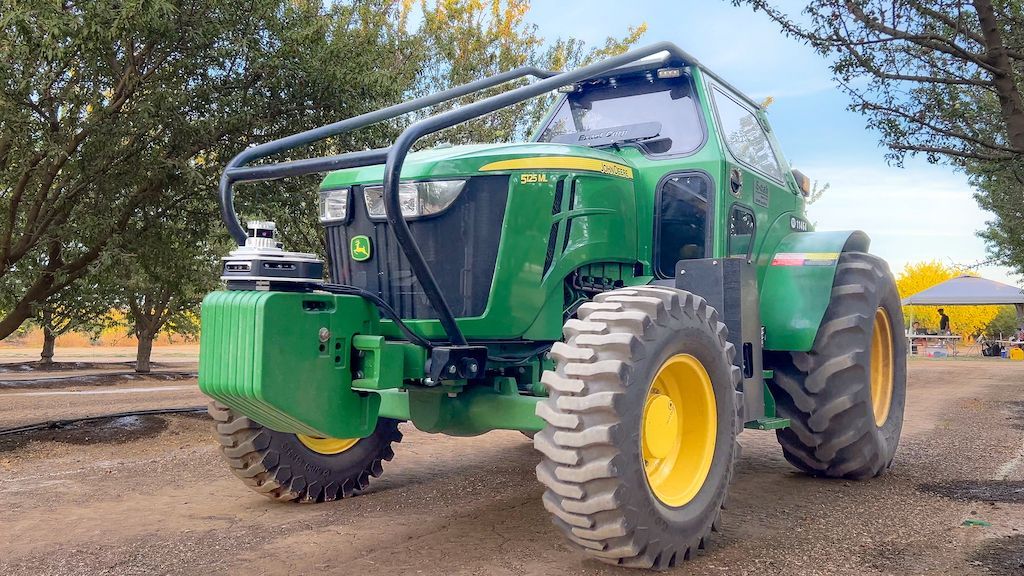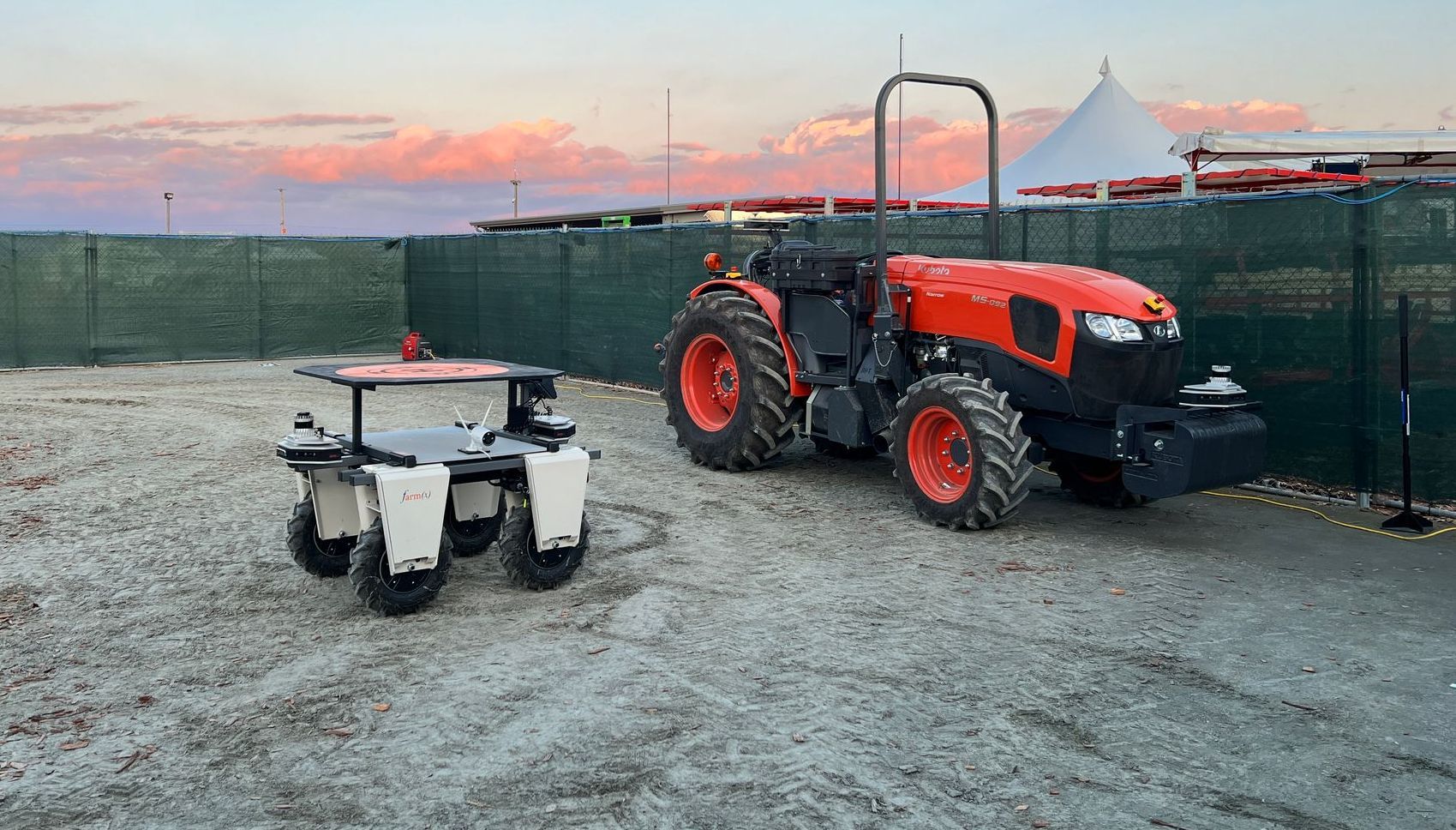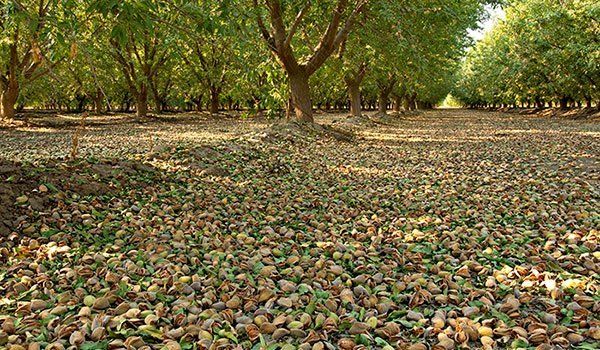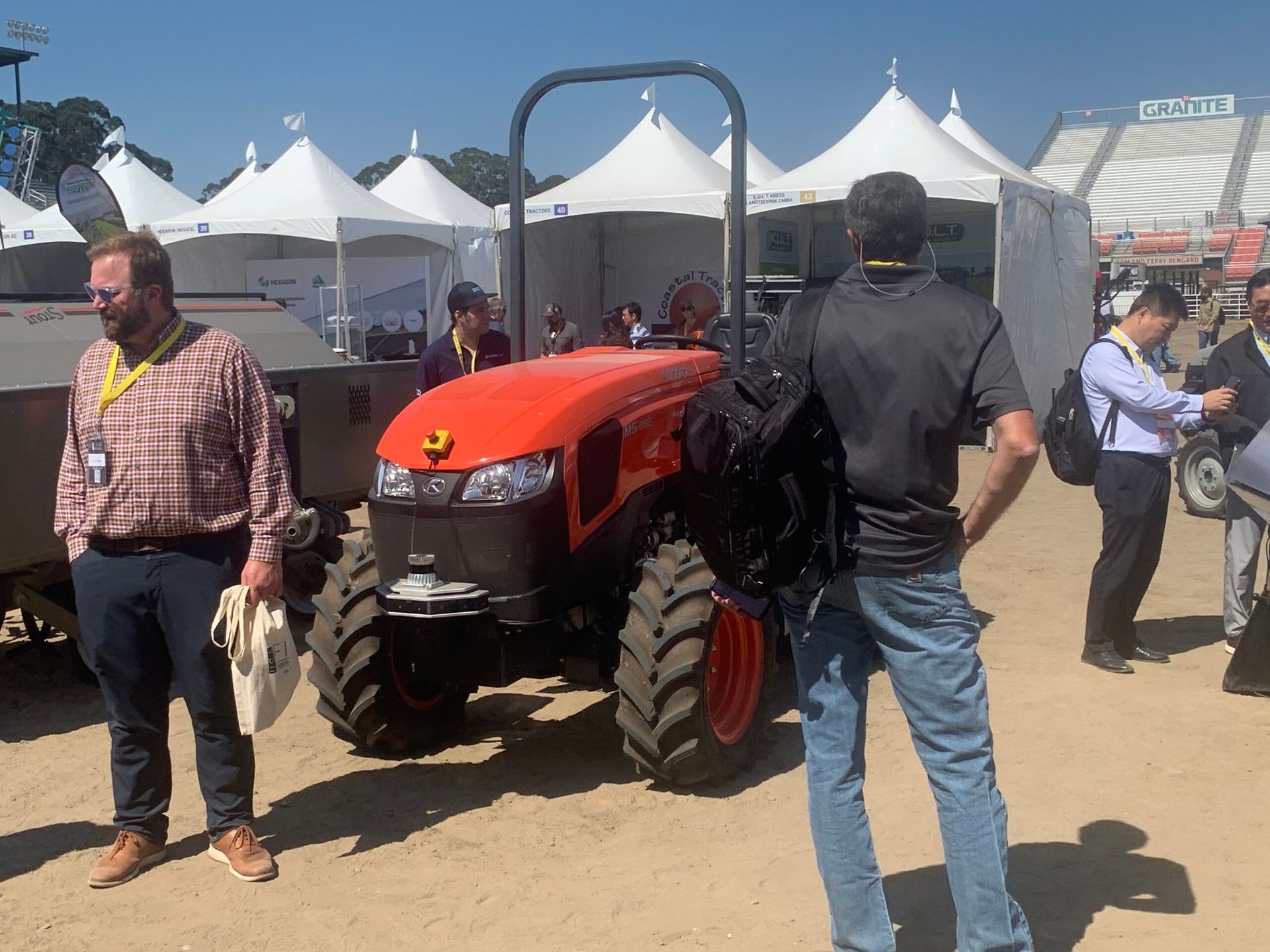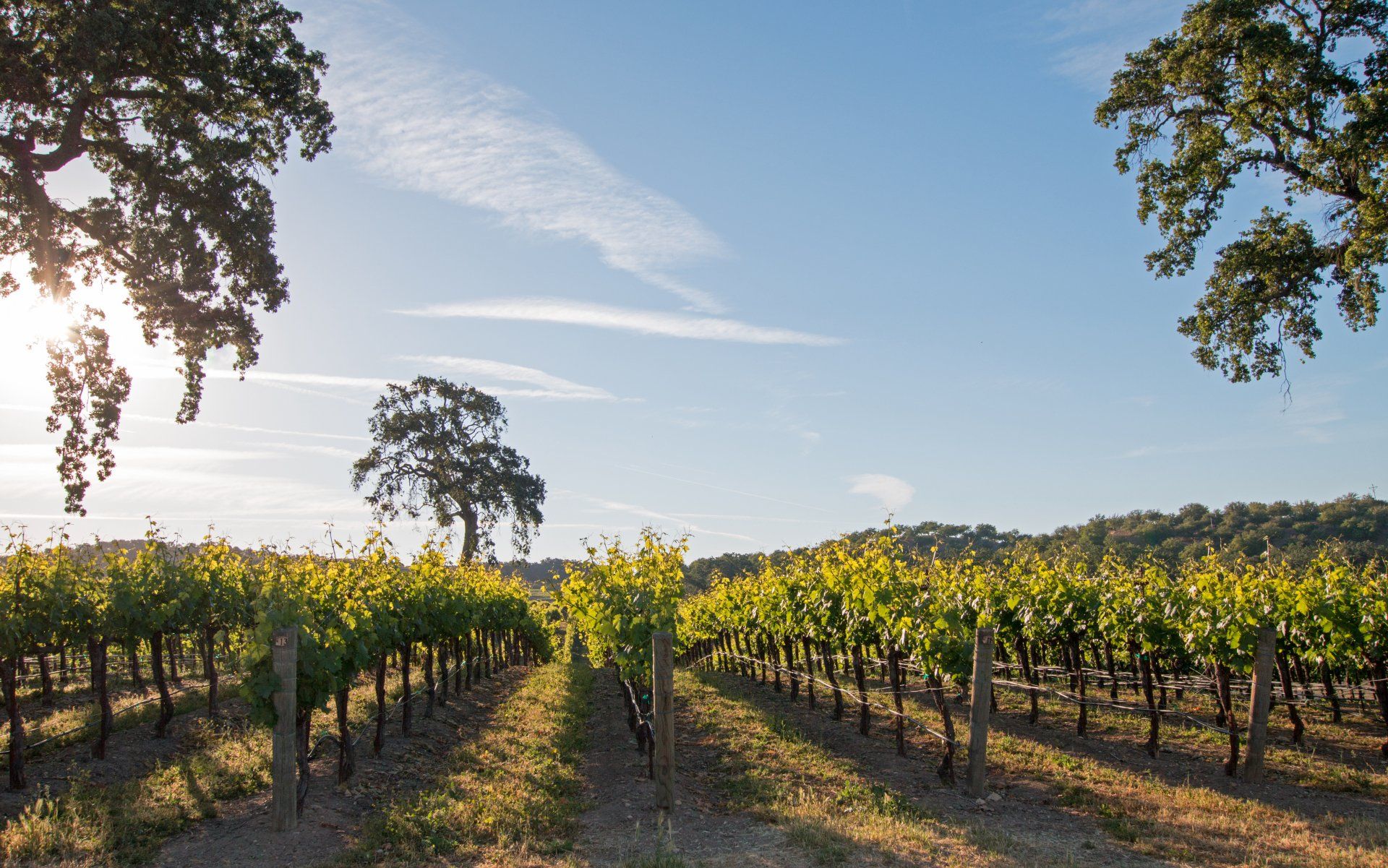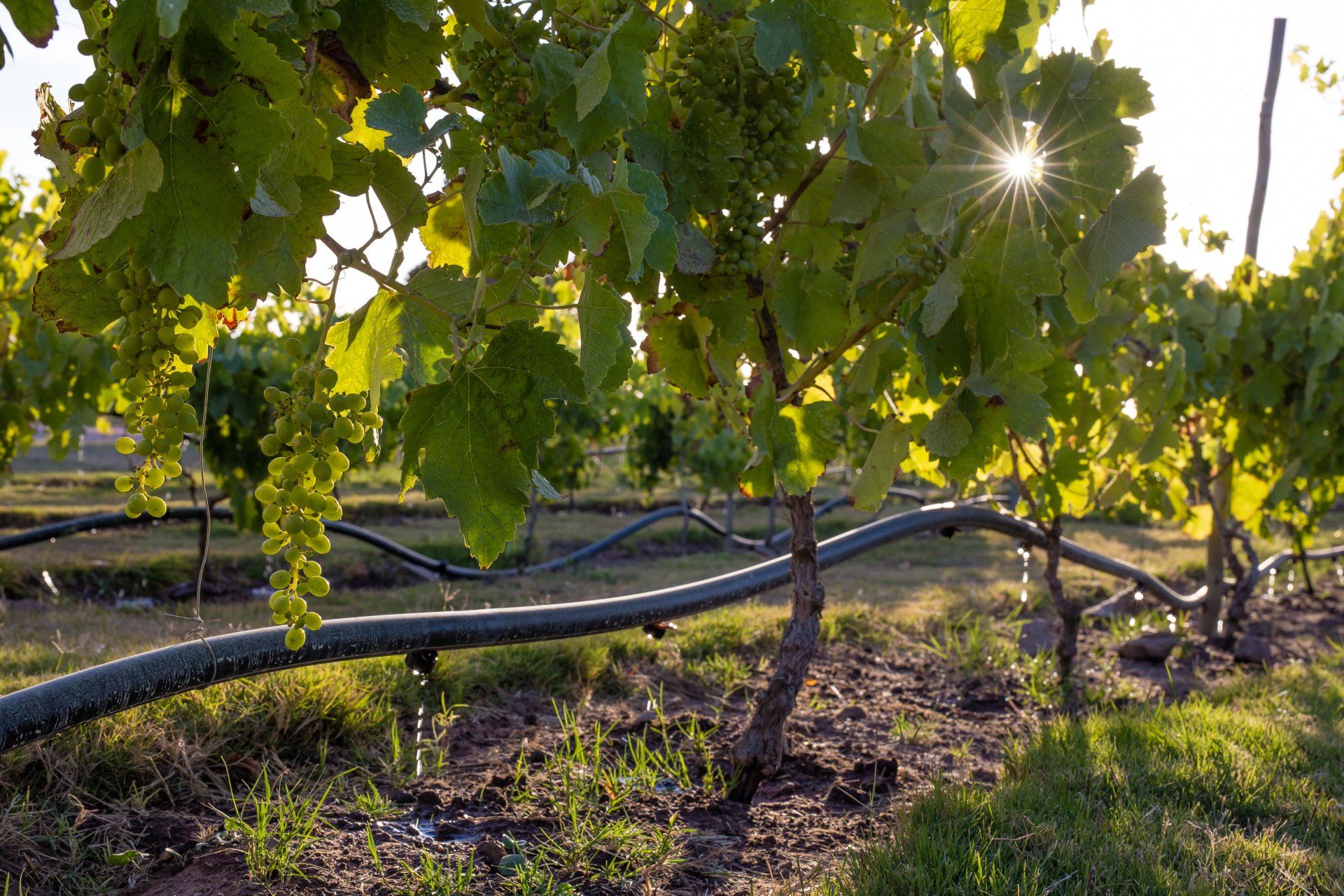Celebrating World Water Day: The Osmo Revolution in Water Management
Share the news on your feed:
Friday, March 22, 2024
Celebrating World Water Day: The Osmo Revolution in Water Management
Today, as we observe World Water Day, it's a time to reflect on the vital resource that sustains life on our planet: water. In the realm of agriculture, where water is both a precious ally and a critical challenge, the quest for sustainable irrigation management practices is more urgent than ever. It's in this spirit of innovation and sustainability that we reiterate one of our core values of turning measurements into actionable practices for farmers. We’ve been working hard at improving our irrigation recommendations through our newly redesigned Osmo soil moisture probe.

The Osmo - Proprietary Soil Moisture Technology:
The Osmo stands apart from traditional capacitance probes in the market through its innovative approach to enhancing the breadth of soil moisture measurements Unlike capacitance probes, which rely on the soil's dielectric constant and can be limited by their short sensing distance, the Osmo utilizes an innovative method based on soil's magnetic permeability. This allows it to "see" and measure moisture content over a significantly larger area. This results in providing a more comprehensive and accurate depiction of the soil's true moisture state at the point of sample.
This innovative technology ensures that traditional problems with soil moisture measurements like small gaps or variations in soil composition, which could skew the readings of capacitance probes, have minimal impact on the Osmo's accuracy. Furthermore, the Osmo is designed for durability and ease of use, requiring no calibration by the user and offering robust connectivity for remote monitoring. Its ability to provide reliable, precise soil moisture data across various depths and soil types without the need for frequent maintenance or manual adjustments sets it apart as a superior solution for modern, sustainable agriculture.
A Journey of Innovation, From Japan to Your Farm:
We've recently enhanced our partnership with a new Japanese CM as a new manufacturer of our Osmo. The collaboration took us to Japan earlier this year. We combined our years of experience of deploying agricultural technologies with the manufacturing experts to redefine our manufacturing strategy for the Osmo probes. This collaborative effort has enabled us to elevate the production process, ensuring each probe meets the highest standards of accuracy and reliability. The outcome of this journey is an Osmo that unlocks the consistency and precision of a recommendation pipeline that growers need to apply the right amount of water at the right times based on their crop’s needs.
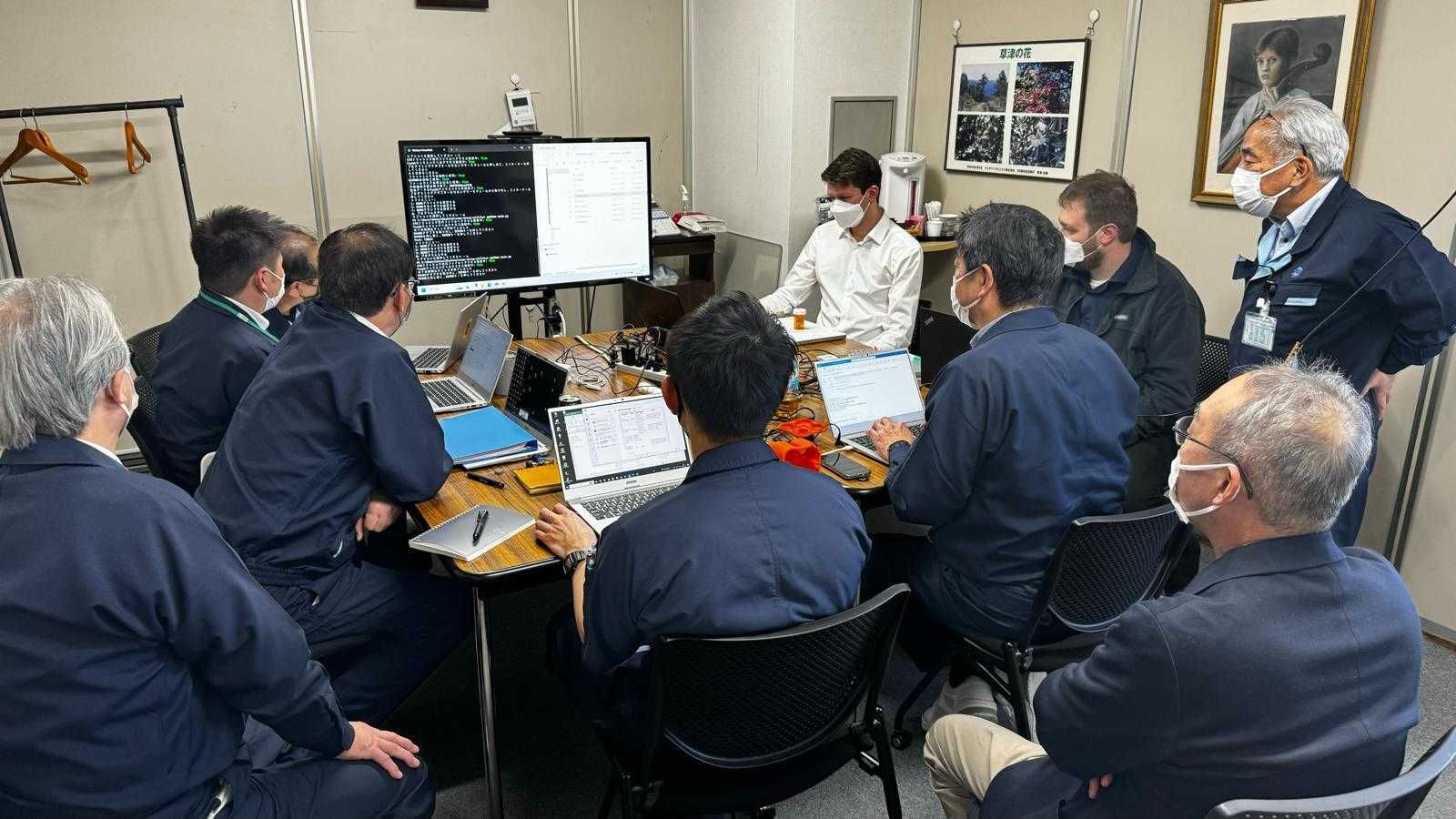

The New Osmo:
The new Osmo retains the essence of its original design - accuracy, reliability, and simplicity. However, it now incorporates advanced features inspired by precision and robustness. With its larger sensing radius and improved connectivity, the Osmo offers a more comprehensive and detailed insight into soil moisture patterns, enabling farmers to make more informed decisions about water use.
The Significance of World Water Day:
World Water Day is not just a day of awareness but a call to action. It reminds us of the critical importance of water conservation and the role technology can play in achieving it. The Osmo, with its innovative design and enhanced features, represents a step forward in our collective journey towards a more sustainable agriculture. By providing precise, real-time data on soil moisture levels, the Osmo helps power FarmX’s irrigation recommendations to reduce water waste, improve crop yield, and support the health of our planet.
Join us in this journey of innovation and irrigation sustainability.
Whether you're a farmer, an environmental enthusiast, or someone who cares deeply about the future of our planet, the story of the Osmo is a testament to what we can achieve when we come together for a common cause: to safeguard and cherish every drop of water.
Happy World Water Day!
Written by: Levon Minassian, Product Manager
Connect with FarmX social media:
Share the news on your feed:
News From The Field

